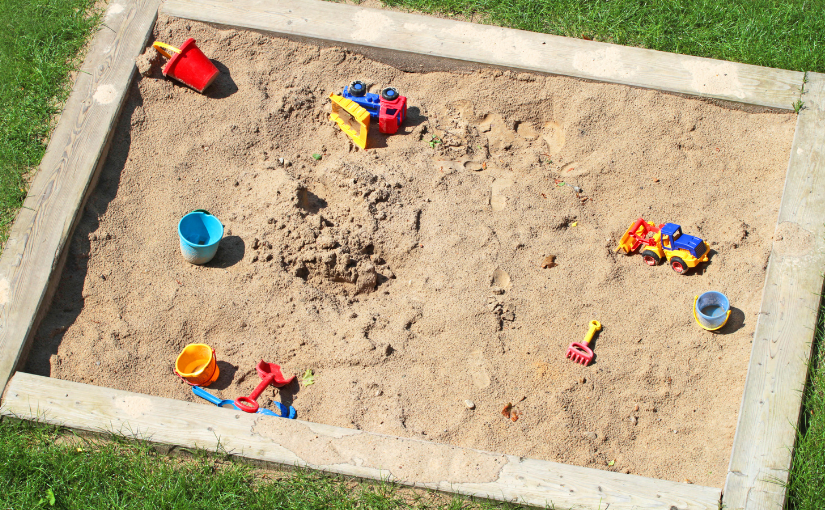Choosing Safe Sandbox Materials

Most guardians like the possibility of a sandbox to advance the physical, mental and social improvement abilities of their kid or youngsters; be that as it may, a main pressing issue hidden the utilization of a youngster’s sandbox is the essential wellbeing of the kid. Prior to making the sandbox buy, think about these three choices in safeguarding the wellbeing of your kid: (1) the right sand type, (2) the boundary materials, and (3) a legitimate base and cover.
Select the right sand type
Many organizations have safety measures on sand bundling advance notice of the conceivably unsafe impacts of translucent silica openness. A portion of these sands are named for use in sandboxes. The inward breath of fine silica dust particles has been known to prompt disease cancers in laborers, for example, sand blasters, who work with sand parts everyday and for extensive stretches of time. The better the sand, the more noteworthy the inward breath. The airborne little particles are the ones that get into the lungs and can create some issues. Despite the fact that youngsters invest extensively less energy in a sandbox and inward breath isn’t as extraordinary a component, by the by, the most ideal way to stay away from this issue is to pick relative coarse sand with not much residue. Fine or dusty sand turns into an issue when youngsters toss sand into the breeze or just toss sand. An additional benefit of utilizing the more coarse grain sand is that it won’t adhere as effectively to little hands and be moved to their eyes. Likewise, coarser sand is all the more handily taken off from attire and is followed less from the sandbox into the home.
Pick line materials without harmful synthetic compounds
The materials in the sandbox borders are pivotal for security. Choices incorporate plastic and wood. Solid plastic lumbers for sandboxes are splinter and poisonous free for security. An additional advantage of plastic lumbers is no distorting or spoiling. Wood, whenever treated, ought to be treated with materials for solidness however the treatment ought not be destructive to people. Untreated cedar and redwood are sturdy woods for sandboxes. Most sandbox and wood makers list these treated attributes however on the off chance that they don’t, then, at that point, inquire. Railroad ties ought not be utilized as the line material for sandboxes. Railroad ties are treated with creosote that isn’t ok for kids or grown-ups. Creosote can be consumed into the body through actual contact and is recorded a human cancer-causing agent.
Give a legitimate base and cover
All sandbox bottoms ought to have a punctured liner that considers water seepage however the openings ought to be sufficiently little to keep worms from getting into the sand. Choices incorporate a liner that accompanies the sandbox or thick plastic sheeting on the base with a couple of punched holes. A cover is important to shield the sand from yard and leaf flotsam and jetsam, downpour, neighbor felines and different creatures. Choices incorporate hard covers as well as stretchable sorts. A cover that is not difficult to utilize will support covering the sandbox when the kid is through playing in the sandbox. In outline, guardians have the obligation to guarantee that not just that does their youngster have the chance for creating physical, mental and interactive abilities through play in a sandbox, yet additionally that the sandbox climate is protected and safeguards the kid’s wellbeing. Consider these focuses prior to finishing your decisions of the sandbox sand, the lines, and the top/base. Then protected play and improvement can start!




